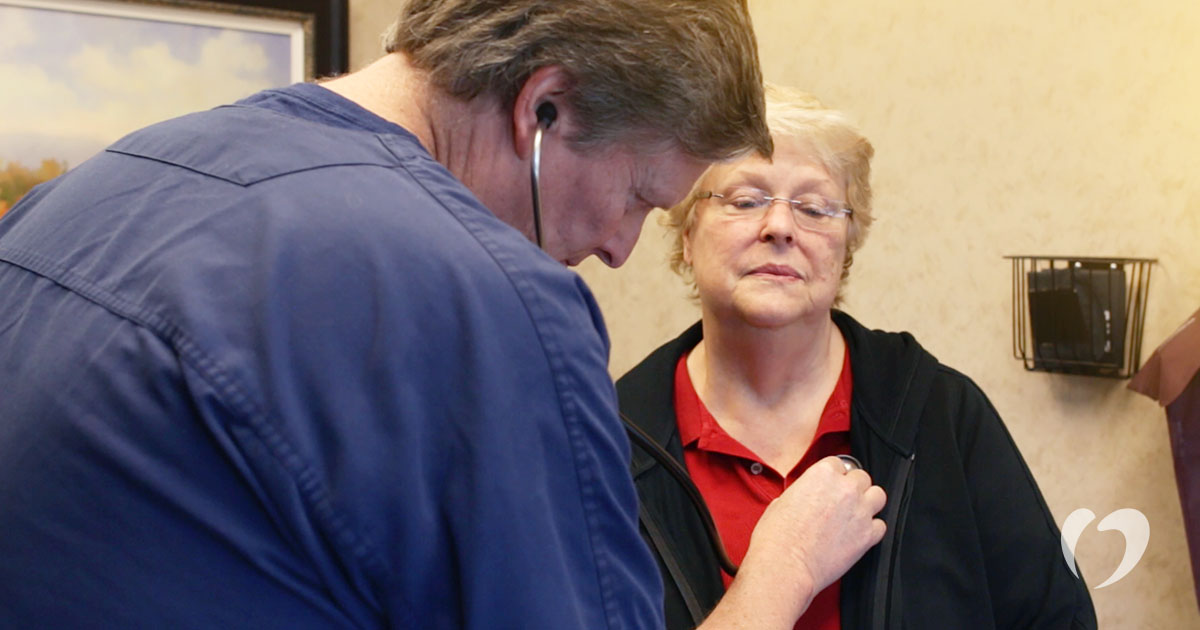What is pericarditis and how is it treated?

The pericardium consists of two thin layers of tissue surrounding the heart that help hold the heart in place and help it function. There is a small amount of fluid between the two layers of tissue to prevent friction.
Pericarditis is inflammation of the pericardium, which can be either acute or chronic. The most common symptom for acute pericarditis is sharp, stabbing pain in the chest, typically behind the breastbone or on the left side of the chest. However, some patients describe the pain as more of a dull ache or pressure. The pain may radiate to the left shoulder and neck, and it may get worse when lying down, coughing, or inhaling deeply.
It may be difficult to distinguish the pain of pericarditis from the pain of a heart attack or other heart or lung issues, such as a blood clot in the lungs. If you are having sudden chest pain, seek immediate medical attention to determine the cause and begin treatment.
Chronic pericarditis occurs when the inflammation and symptoms remain for longer than three months. Many cases of chronic pericarditis are associated with chronic inflammation and may lead to fluid around the heart.
Pericarditis can be caused by an infection (viral or bacterial), a prior heart attack, heart surgery, other medical conditions, or certain medications. Chronic pericarditis may be more common in patients with autoimmune disorders that result in the body attacking its own tissues, which can lead to inflammation of the pericardium.
In most cases, pericarditis is mild and clears up on its own with rest, although it may take a few days or a few months for symptoms to completely fade. For some patients, an anti-inflammatory medication may be prescribed to reduce the inflammation and relieve pain. If your Oklahoma Heart Hospital physician identifies an infection as the underlying cause of your pericarditis, you will also be prescribed antibiotics to clear up the infection.
Although not common, serious complications from pericarditis can occur, including constrictive pericarditis and cardiac tamponade. Constrictive pericarditis is the thickening and scarring of the pericardium that can occur over time. The pericardium becomes rigid and prevents the heart from functioning properly, which can lead to shortness of breath and swelling in the legs and abdomen. Cardiac tamponade occurs when too much fluid collects in the pericardium, which puts pressure on the heart and doesn’t allow it to fill properly. When this occurs, blood pressure can drop dramatically, which requires immediate medical treatment.
If you experience symptoms of pericarditis, contact the Oklahoma Heart Hospital to schedule an appointment today. Our expert team of physicians will evaluate your symptoms, confirm a diagnosis, and discuss your treatment options.
